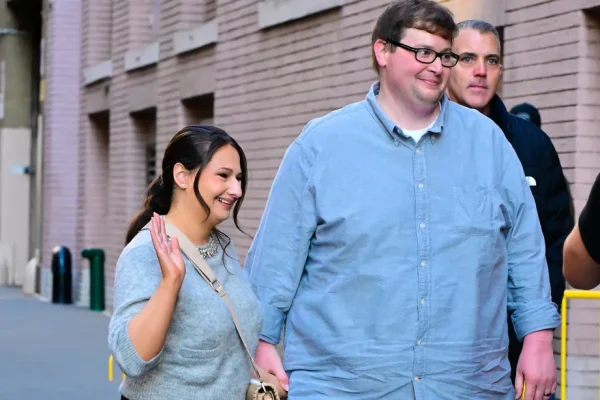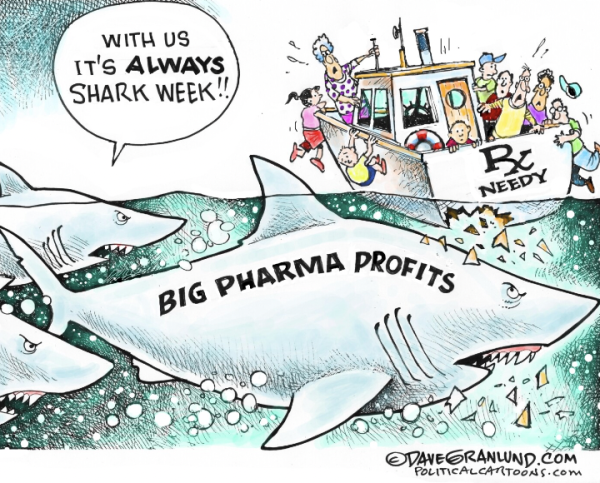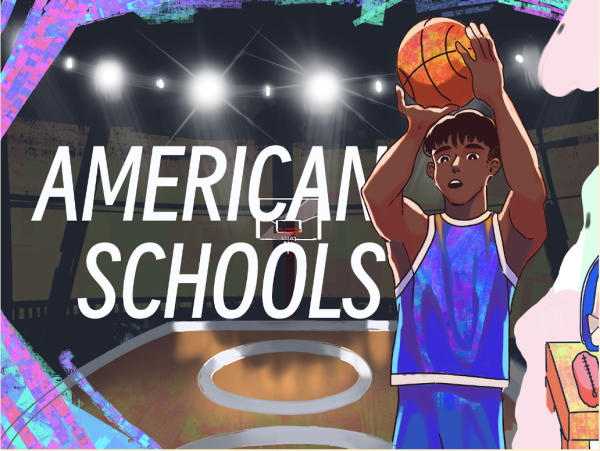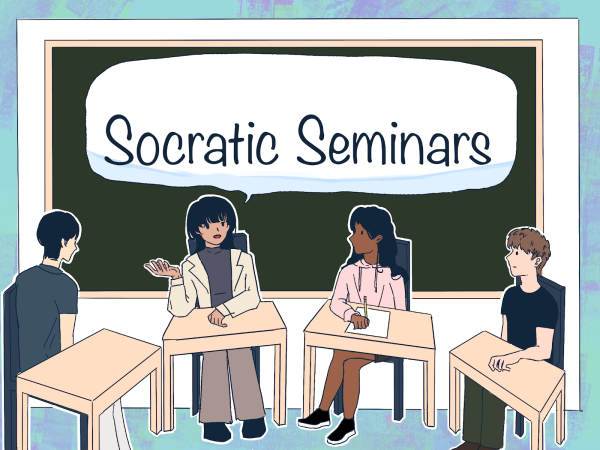The Gaslight, Gatekeep, and Girlbossing of US College Admissions
In 2017, Stanford earned $3,824,730 from total applications, and $3,632,130 from rejected applications.
“US college admissions is a crapshoot,” starts every college decisions reaction video. “This year, I applied to 34 schools. I wouldn’t recommend it.” Our eyes roll out of our heads.
In recent years, it’s undeniable that students have been applying to more and more colleges for undergraduate education. This year, NYU received 105,000 applications in their regular decision pool, according to one of the university’s instagram posts. The caption states, “This is the 15th year in a row of record-setting application numbers at NYU, and applications have more than doubled during that period.”
Oh, but that’s not all. If you thought you could avoid this by applying to smaller, less mainstream schools, you’d be wrong. This affliction is pervasive, reaching even the small liberal arts colleges. Colgate University, a liberal arts college in New York state, received over 21,000 applications this season, nearly tripling their average application intake. For reference, in 2019, they received 9,951 applications.
Is there a population boom that we are forgetting? No, not really. Is secondary education becoming so inspiring that everyone wants to go to college? Given the trends in high schoolers’ mental health, I’d also say that is a clear no.
So what’s causing the influx in college applications?
If you ask a high school senior, the answer is simple: it’s a prisoner’s dilemma. Everyone benefits if everyone applies to fewer schools, but individually, you benefit if you apply to as many schools as you can. If everyone applied to fewer schools, students would apply only to the schools they liked best and the ones they were best fit for. It would be easier to get into the schools applicants liked the most, because admissions offices would have more time to read each application, and there would be less competition from overqualified students. However, in the current environment, everyone is applying to more schools, and if you don’t, you’re done for.
Colleges, particularly “elite ones,” are receiving so many applications that their acceptance rates can do nothing except drop. With even lower acceptance rates, students feel pressured to apply to even more schools, because the chances of getting into even one are just so low.
You want to say, everybody, stop. Just stop applying! But every year, the common data sets come out, and the numbers grow. But the application numbers aren’t the only ones on the rise. The application revenue that these schools are receiving is also unbelievable. Prestigious schools are earning millions of dollars every year from application fees alone, a large majority of which is coming from rejected applicants. For example, in 2017, Stanford earned $3,824,730 from total applications, and $3,632,130 from rejected applications. Columbia earned $3,137,435 from total applications, and $2,930,205 from rejected applications. And the nail in the coffin? UCLA earned $6,488,300 from total applications, and a whopping $5,367,180 from rejected applications.
This gargantuan sum of money isn’t just materializing out of nowhere. Every year, the average college applicant is spending more and more money on applying. Since most applications cost $70-$80, if you wish to apply to a dozen “elite” schools, that’s one grand. But it doesn’t stop there. The college admissions industry is a fan of irony. Applying for aid? The College Board CSS financial aid profile charges $16 per school that you send your profile to.
The whole college admissions industry is a ruse, capitalizing on young adults seeking higher education. Check your inbox. Do you see the college advertising spam? How many schools have mailed you flyers with the big, bold letters “TEST OPTIONAL” printed on the top? How often do colleges emphasize their “holistic” approach to admissions, encouraging all to apply?
Any US admissions officer would say that their application review is holistic: there’s no GPA requirement, no standardized testing requirement, no encouraged extracurriculars or necessary honors. It’s open to anyone! Get your American Dream here, ladies and gents. However, a look at elite schools’ common data sets kills the dream pretty quick. If the school is to only accept students of a certain academic profile, then why not make that clear? It would save the tens, if not hundreds, of thousands of unnecessary applications.
Of course, these “elite” schools can’t set entry requirements. They’d lose out on millions of dollars. Afterall, if there’s no technical requirement, there’s still a chance for every applicant. And this is where the crapshoot myth comes to play. If colleges can convince everyone that college admissions is a game of luck, then anyone has a shot at Harvard! All you have to do is apply, and pay that pesky little $75. But what’s $75, when you have a shot at Harvard?
This is why the same stories are told every year about the enigmatic admissions offices. A Northwestern officer admitted an unlikely student, moved to tears by their essay! A Yale officer evaluated applications while drunk- anything could happen to your application!
And this “crapshoot” concept goes hand in hand with the development of college counseling. If a personal essay can make all the difference, then it makes sense to pay an expert to make the essay as outstanding as possible.
Maybe it’s inevitable. Maybe capitalism is bound to eat away at all our industries, even education. Except it’s not. At the very least, this same problem doesn’t exist in countries like the United Kingdom. In the UK, every student is restricted to only applying to a total of 5 schools, and the total cost of applying to these 5 schools is only £26.50, which is roughly $35. For a quick comparison: In the US, applying to 5 universities costs around $400, not including counseling and financial aid application costs. In the UK, applying to 5 universities costs $35.
What’s more, with the cap on applying to only 5 universities, students aren’t able to “hail mary” by applying to an abundance of reach schools, creating a level of self-selection where more students apply to schools they are fit for and are actually passionate about attending.
On top of that, no universities have their own supplement essays. Being evaluated for your “personality” or “wow factor” is definitely nonexistent in UK admissions processes, effectively killing the UK college essay ghostwriting industry.
Straightforward and without cuttable corners, the UCAS system puts the US college application process to shame. As it turns out, college admissions does not need to be so expensive, convoluted, and tiresome. College admissions does not need to favor the rich as much as it does. College admissions doesn’t need to mislead students as much as it does.
But colleges won’t stop publicizing. The Common Application won’t set a lower cap on the number of schools a student can apply to. Collegeboard won’t stop charging students for each financial aid profile.
Nothing will change, until students realize: college admissions isn’t a crapshoot. It’s a business.













